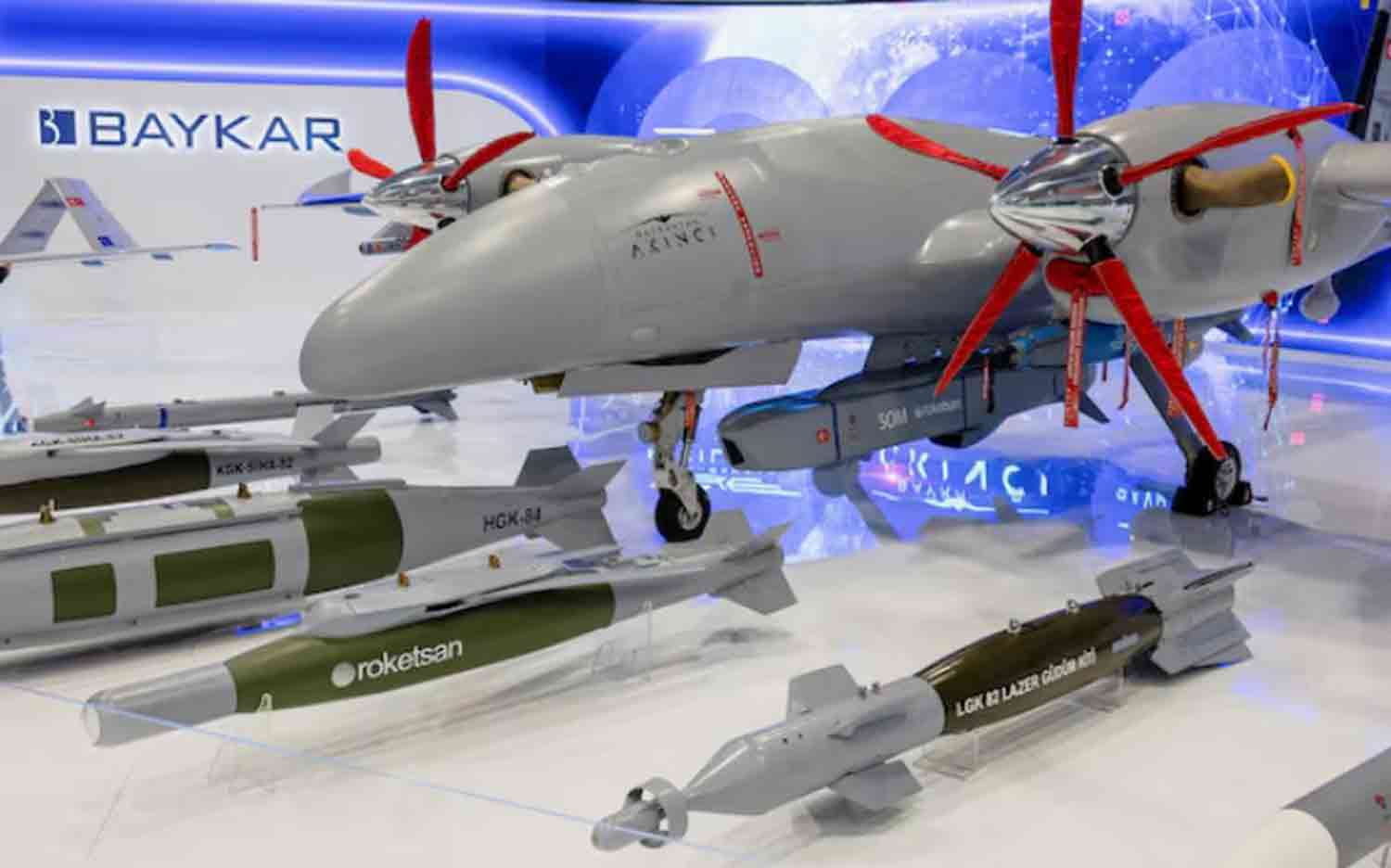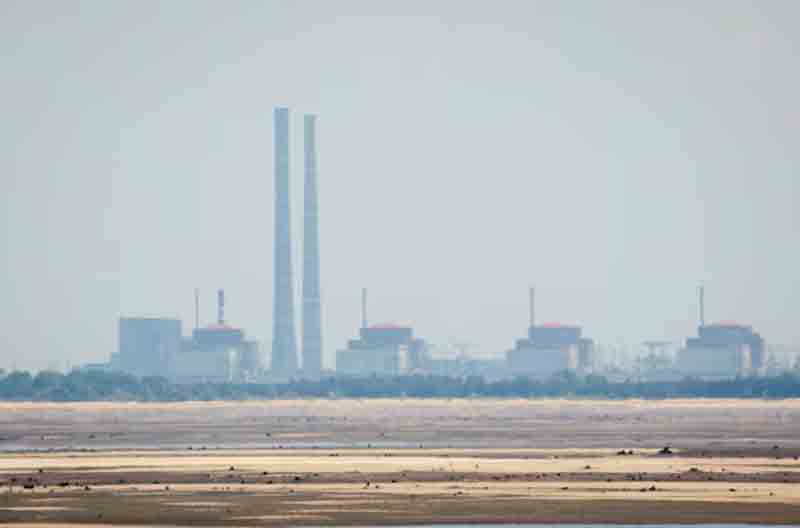In a significant demonstration of its expanding military presence in East Africa, Turkey has supplied Somalia with several Akinci Unmanned Combat Aerial Vehicles (UCAVs), despite concerns from the United States regarding Ankara’s increasing defense collaboration with Mogadishu.
This delivery represents a notable enhancement of Somalia’s aerial combat capabilities, bolstering its efforts in counterterrorism against the Al-Shabab insurgency. It also reflects Turkey’s growing strategic influence in the Horn of Africa, posing a challenge to the traditional dominance of the U.S. and Western powers in the area.
Recent months have seen heightened tensions between Washington and Ankara, fueled by Turkey’s deepening partnerships with Somalia in defense, aerospace, and energy sectors. The arrival of the Akinci UCAVs was confirmed by Abdulkadir Mohamed Nur, Somalia’s Minister of Ports and Maritime Transport, who shared on social media that the country had received two drones manufactured in Turkey, delivered by an A400M military airlifter.
Nur, who is fluent in Turkish and a graduate of Ankara University, previously held the position of Somalia’s Minister of Defense, where he was instrumental in enhancing military relations with Turkey.
“A true brother is revealed in difficult times. Turkey has once again provided unprecedented aid to the Somali people, who are battling against foreign invaders,” Nur stated, suggesting that the implications of this partnership extend beyond mere military cooperation.
The introduction of Akinci UCAVs marks a significant advancement in Somalia’s air warfare strategy. Previously, the Bayraktar TB2 drones, which have been actively utilized by the Somali National Army (SNA), provided Mogadishu with a vital edge in intelligence, surveillance, reconnaissance (ISR), and precision strike operations against Al-Shabab militants. With the addition of the Akinci to Somalia’s military capabilities, the nation will experience a substantial enhancement in its aerial strike potential, allowing for larger operations and more impactful firepower against insurgent groups and key enemy positions.
The Akinci UCAV, categorized as a High-Altitude, Long-Endurance (HALE) drone, is developed by Baykar Technology, Turkey’s leading drone manufacturer, known for the globally acclaimed Bayraktar TB2 and Kizilelma unmanned systems. Since its first flight in 2019, the Akinci has proven to be transformative, capable of performing both air-to-air and air-to-ground missions.
Key Specifications:
– Maximum Takeoff Weight: 5,500 kg
– Operational Altitude: 40,000 feet
– Endurance: Over 20 hours
What distinguishes the Akinci from other drones is its role as a multi-functional, high-endurance combat platform, featuring state-of-the-art avionics and sophisticated sensor technology, including:
– Electro-Optic/Infrared/Laser Designation (EO/IR/LD) sensors
– Active Electronically Scanned Array (AESA) multi-mode radar
– Signals Intelligence (SIGINT) systems
These systems significantly improve Akinci’s capacity to function in contested airspace by offering real-time intelligence, tracking, and target engagement with minimal human oversight.
The Akinci UCAV is engineered to carry and deploy an impressive range of weapons, greatly exceeding the capabilities of previous Turkish drones. Its varied payload consists of:
– Cirit missiles (laser-guided)
– MAM-L (thermobaric), MAM-C (high-explosive), and MAM-T smart munitions
– Teber-82 laser-guided bomb
– Mini smart munition Bozok
– L-UMTAS long-range anti-tank missile system
– MK-81, MK-82, and MK-83 guided bombs
With these sophisticated strike capabilities, Akinci can execute precise attacks on critical enemy targets, including terrorist hideouts, command centers, armored convoys, and fortified positions.
The introduction of Akinci UCAVs positions Somalia to significantly enhance its aerial combat capabilities, enabling:
✅ Broader counterterrorism efforts against Al-Shabab strongholds
✅ Pre-emptive strikes on key insurgent targets
✅ Real-time battlefield intelligence for improved situational awareness
✅ Surveillance of vital maritime and border areas
The deployment of Akinci drones in Somalia occurs during a politically sensitive period.
Just days prior to the scheduled delivery, Somali President Hassan Sheikh Mohamud dismissed Abdulkadir Mohamed Nur from his role as Minister of Defense, reportedly due to pressure from Washington.
Nur was subsequently appointed as Minister of Ports and Maritime Transport, a shift perceived by many as an effort to diminish his significant contribution to enhancing military cooperation between Turkey and Somalia. Under his guidance, Somalia and Turkey finalized a significant defense, trade, and maritime agreement in February 2023, a development that has raised concerns in Washington.
U.S. officials are particularly apprehensive about Turkey’s long-term goals in the region, especially regarding Ankara’s growing military and economic presence in East Africa. Beyond military concerns, Washington is also cautious about Turkey’s intentions to establish a spaceport in Somalia, which could enable future rocket launches. U.S. officials worry that such initiatives might be interpreted as a guise for long-range ballistic missile testing, complicating the regional security landscape.
Moreover, Turkey’s recent agreements to explore oil and gas reserves in Somalia have heightened tensions further.
For the U.S. and its Western allies, Ankara’s increasing influence poses a threat to the geopolitical equilibrium in East Africa, jeopardizing long-established American strategic interests. With the introduction of Akinci UCAVs, Somalia is embarking on a new phase of advanced warfare, equipping its military with one of the most sophisticated drone systems available globally.
For Turkey, this agreement reinforces its status as a key military and economic ally in Somalia, further extending its reach throughout the Horn of Africa. For the U.S., this situation serves as a stark reminder that Ankara has evolved from being merely a NATO ally to an independent strategic actor willing to contest Washington’s influence in critical global arenas.
As geopolitical tensions in East Africa continue to shift, the Akinci drones may emerge as more than just military assets—they could significantly alter the regional power dynamics for years to come.
Discover more from Defence Talks | Defense News Hub, Military Updates, Security Insights
Subscribe to get the latest posts sent to your email.





